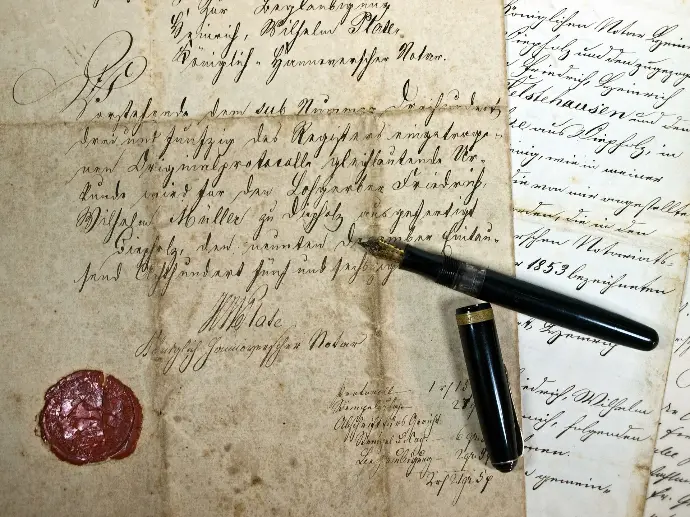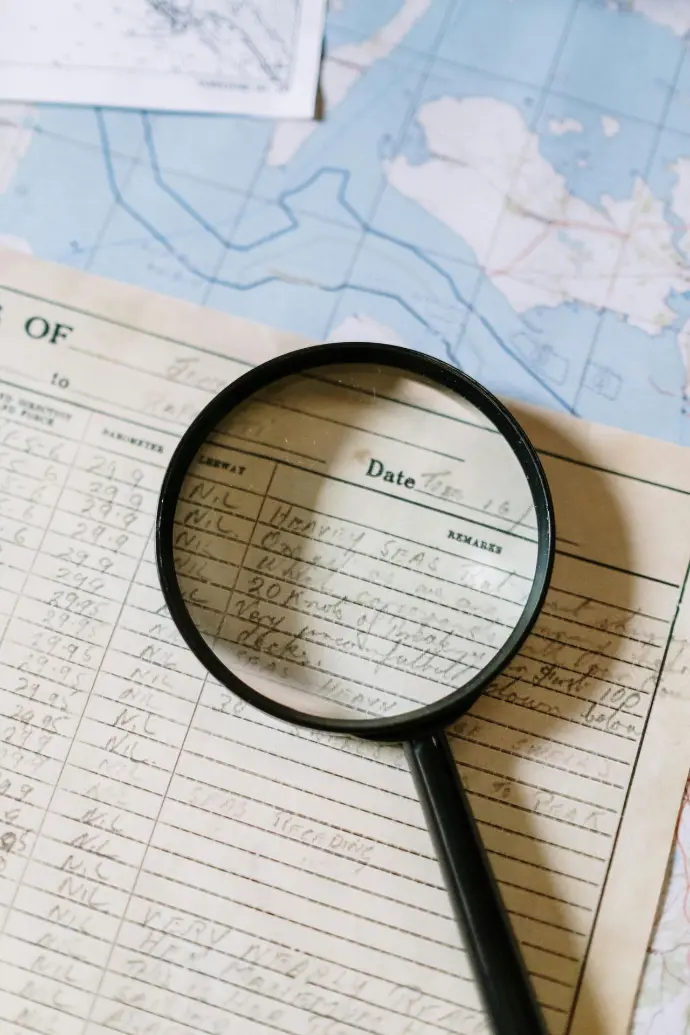In genealogical research, you often come across a surprising phenomenon: certain ancestors appear several times in the tree, in different places. This phenomenon has a name: pedigree collapse.
What is a pedigree collapse?
A pedigree collapse refers to the fact that the same ancestor appears several times in a person's ancestry, often because more or less distant cousins have married. So instead of having a single ancestor in each branch, some branches join up and share the same individuals.
Why do pedigree collapses exist?
The theory goes that the number of ancestors doubles with each generation: 2 parents, 4 grandparents, 8 great-grandparents and so on. But in reality, this number quickly exceeds the actual population at the time. This contradiction is explained by the implexity of the situation: in the villages, travel was limited, and marriages between cousins were frequent, often to preserve property or for lack of choice. As a result, the actual number of ancestors is lower than the theoretical number.
Famous examples
- Louis XIV and Maria Theresa of Austria: their children had only 4 great-grandparents instead of 8, because their parents were cousins and their grandparents were brothers and sisters.
- Alfonso XIII of Spain: in the 11th generation, he had only 111 different ancestors out of a possible 1024, an implex rate of 89%.
How do you measure pedigree collapse?
Genealogists use two indicators:
- Implex index: number of distinct ancestors / number of theoretical ancestors at a given generation. The lower the index, the higher the level of inbreeding.
- Implex rate: (number of theoretical ancestors – number of actual ancestors) / number of theoretical ancestors. It is expressed as a percentage and indicates the proportion of duplicate ancestors due to pedigree collapse.
Case in point:
A child of first cousins (who share the same grandparents) has only 6 different great-grandparents instead of 8.
- Implex index: 6/8 = 0.75
- Implex rate: (8-6)/8 = 0.25 (i.e. 25%)
How do you spot pedigree collapse?
Duplicates often appear in family trees in the form of double entries. Some genealogy software packages automatically flag up these cases. In addition, archives (civil status, parish registers) and consanguinity dispensations issued under the Ancien Régime are valuable sources for identifying them.
Should we be worried about pedigree collapse?
No. Pedigree collapse are the rule rather than the exception, especially in regions where mobility was low. They do not necessarily imply a risk of problematic consanguinity, unless marriages between close relatives are repeated over several generations. Above all, they bear witness to the social, geographical and economic history of our ancestors.
Image credit: evannovostro, "Old leafless bare tree over blue sky background", Adobe Stock

